How to Design a Brand Positioning Email
It’s 2021, and the marketing world appears to be undergoing a conceptual revolution. With so many new jargon to learn, breakthrough technology to test, and creative ideas to experiment with, businesses have little time to really evaluate what “doing marketing” truly means in 2021.
The good news is that the fundamentals have not changed: marketing is all about developing and promoting the value of something. It all comes down to discovering new ways to interact with an audience in order to express what makes that product or service special and necessary.
However, in today’s society, value is defined by more than only a product’s practical attributes. What a brand is and represents is today as vital as what a product can do. Participating in the conversation is not only encouraged, but also required of an audience that is more in tune with the environment than ever before. Brand ethics communication is an essential component of any marketing plan.
As email marketing is still playing an important role in eCommerce businesses’ overall marketing strategy, knowing how to use it to raise brand recognition will help marketers build a stronger brand. In this article, I will share with you how you can design an email to develop your brand positioning effectively. Let’s jump right into the details!
What is email branding?
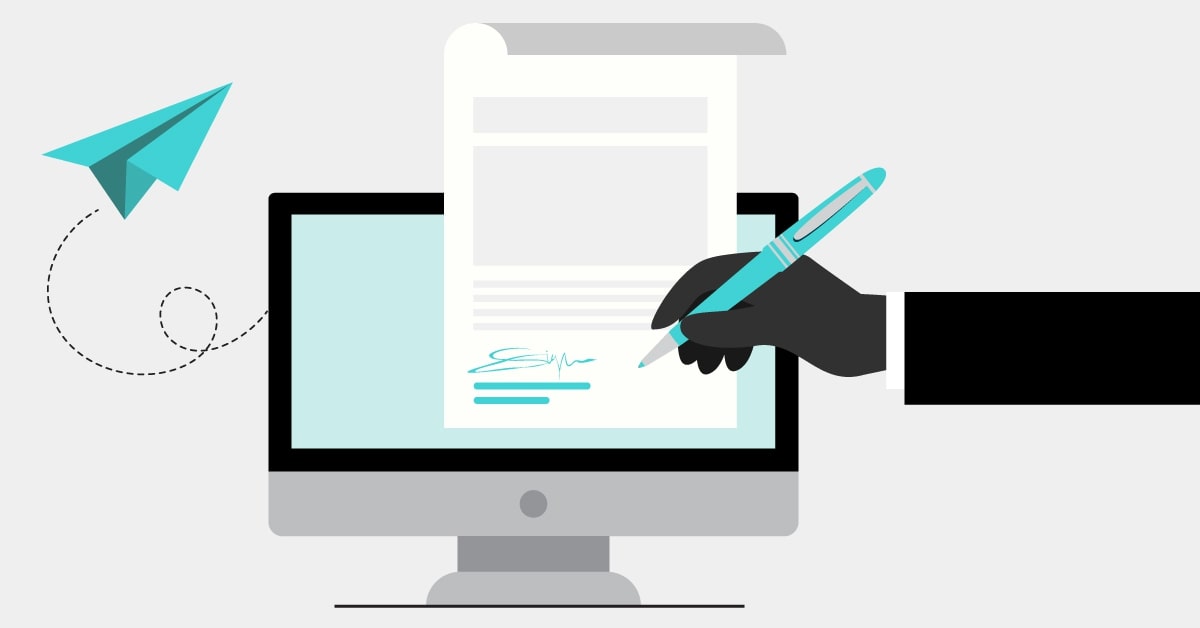
Email branding is the act of creating a distinctive identity for your business by combining graphics, content, colors, logos in your email communication. Companies that create a great brand persona adhere to a few fundamental principles:
- Have a distinct voice: Your branding should be easily recognizable. This can be accomplished through the use of media such as logos, photos, and videos, as well as copywriting and distinct CTAs (calls to action).
- Encourage an emotional connection: People have emotional connections with products and brands. Taking advantage of these emotional responses leads to increased engagement and profitability. Colors trigger diverse emotions, and businesses must carefully choose the right colors to utilize for their own brand personality.
- Create a compelling mission statement: Whether you’re brewing the greatest ginger tea in the world or developing the world’s fastest microprocessor, your audience needs to comprehend what you’re doing quickly. Given that the typical person’s attention span is only eight seconds, you must present your USP (unique selling proposition) and demonstrate how you add value to your audience as soon as possible.
By applying these concepts correctly to each email you send, you can achieve successful email branding. All emails should have a distinct design and writing style, provoke some form of emotional response, and make it apparent to the recipient what your company offers as soon as feasible.
Why brand identity matters and Why email is a great way to develop it
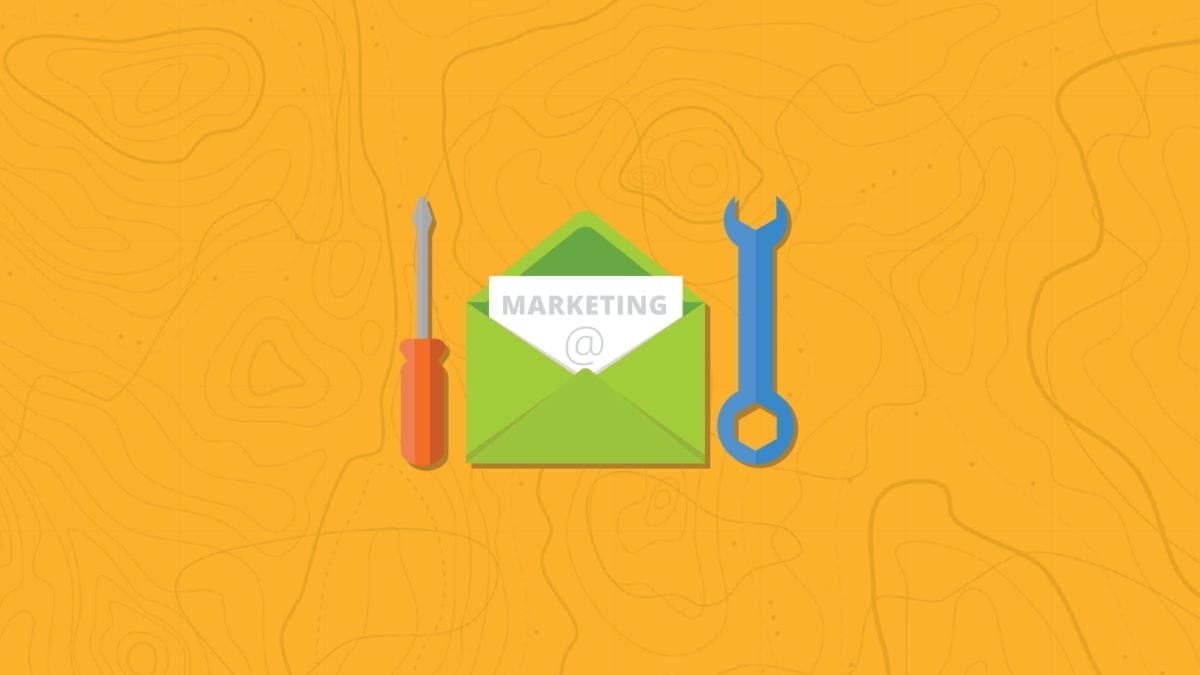
It is safe to say that brand identity is crucial in businesses of all sizes. There are numerous reasons why developing a brand identity is critical, including:
- It makes you recognizable: You should be the first option that people think of first when they have a need that your product can satisfy. For that to happen, your customers need to understand who you are, what you offer, and why they should choose you over your competitors.
- It distinguishes you: Your brand identity distinguishes you from the competitors. When you are a new business, you must ensure that you communicate what distinguishes you from others vying for the same clientele.
- It helps you stay consistent: If you want to stand out, you must be constant with what makes you unique. This consistency allows consumers to become acquainted with your firm, making you more recognizable and increasing the likelihood that you will be one of the first options they evaluate.
The next question marketers have is why they should concentrate on email marketing as a technique of developing a brand identity. One of the most significant advantages is the low cost of email. It’s one of the most cost-effective ways to promote your business, dollar for dollar.
Emails can demonstrate who you are, what you have to offer, and why readers should care. When resources are limited, marketers seek the channel that will get them the most distance. Another advantage of email is that it allows you to create and maintain a consistent image.
How to Create a Brand Positioning Statement For Email Marketing
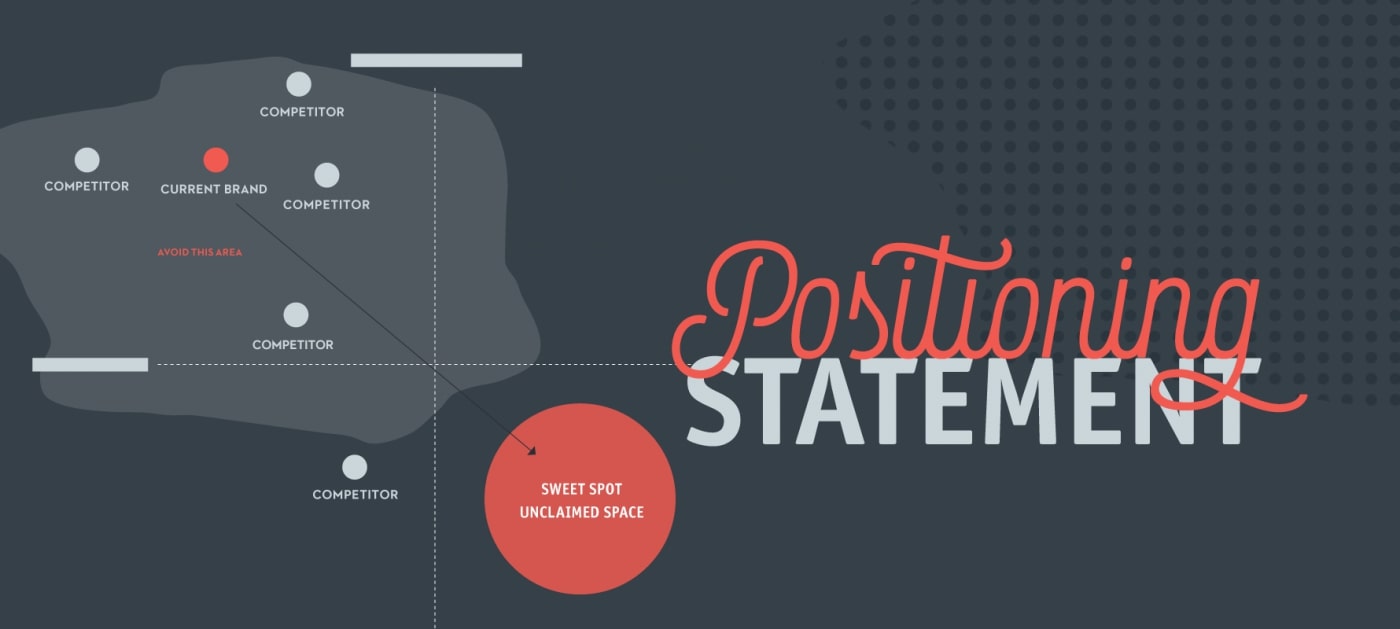
The positioning statement is something you should include in any email that you send out (ideally in the signature area) so that your customers can understand what your brand stands for. Here’s how you can create one:
1. Understand the category in which your brand operates
The category/industry/vertical in which your brand operates is frequently evident, but it can be good to consider this. Your product may fall into many categories, or your industry may be divided into sub-sections. Defining the precise location in which you function aids in focusing your efforts.
2. Understand Your target audience
You may have more than one, but focusing on your primary target group provides a more focused message. Before making a decision, it’s a good idea to figure out who your most valuable customers are.
3. Understand the benefit you provide for the customer
This is not the shiny new feature that you are really proud of, but the actual benefit the customer will get from being a customer of your brand.
4. Understand the reason why your brand will deliver on this promise
If not having physical stores, a brand may be the most cost-effective alternative accessible. A software company may have cutting-edge technology that improves functionality.
Whatever the cause, there must be some evidence to back up your statement. You can then incorporate these pieces into this brand positioning statement template:
(Your brand) is a (1) company that provides (2) with (3) by (4).
For instance, AVADA Commer is a SaaS brand that provides small and medium-sized eCommerce businesses around the world the best-built apps they need to manage and develop their online stores.. It accomplishes this through the uncompromised quality of its software along with high-quality customer service.
8 Tips For Designing A Brand Positioning Email
1. Establish your personality and tone of voice
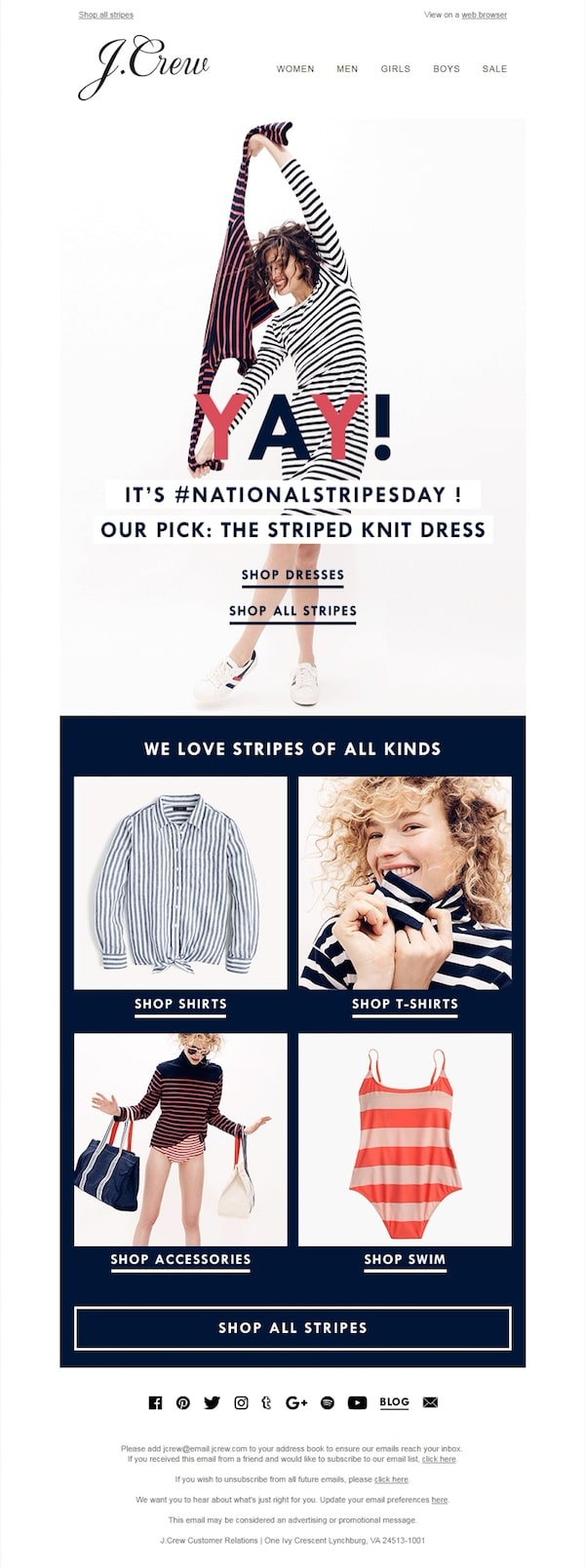
Is it better for a brand to appear serious or friendly? Is it more scientific or colloquial? The personality of a brand’s marketing communication should be consistent across all points of consumer engagement. A brand will build trust and trustworthiness in the eyes of its customers if it maintains a tone that represents its values.
2. Create A Common Theme For Your Email Templates
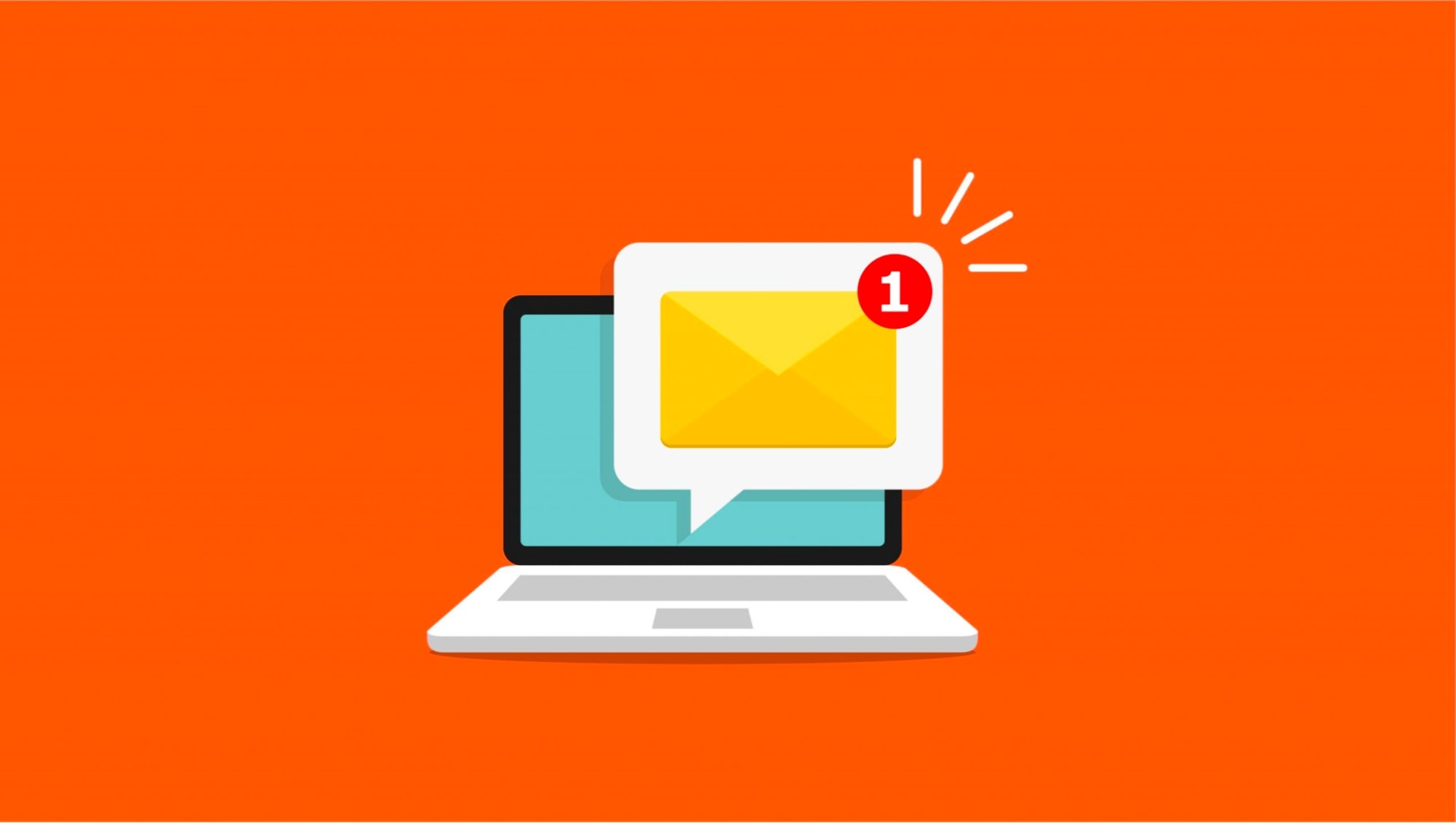
Humans are a pattern-seeking species. This need for pattern recognition is precisely what serves as the foundation for strong brand positioning. The simplest approach to accomplish this is to use an HTML email template that is aligned with the company’s goals.
It is critical to remember the following:
- Are the typefaces, colors, call to action, and layout consistent with the company’s?
- Is the logo being utilized appropriately?
- Are the company’s details prominently displayed?
- Is there a personal signature or your company name in the email message?
Email marketing templates provide a chance to reinforce brand familiarity. Making an email easily recognizable will boost consumer trust.
3. Make Sure That Your Email Are Easily Recognizable
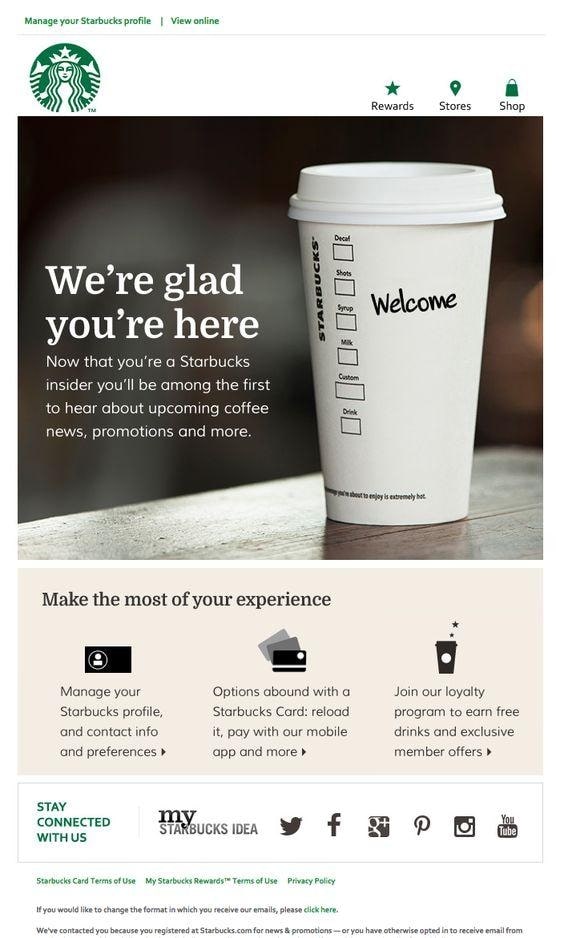
Email newsletters with images typically perform better than text-only transactional emails. Furthermore, people are more inclined to open emails from brands they are familiar with. As a result, make sure to incorporate the corporate logo.
A striking graphic at the email’s top area is one of the best methods to convey a brand’s message and will often influence whether the email is read or discarded. Don’t forget to include only one “call to action” so the recipient understands what to do.
Another suggestion is to split test all email campaigns. A split test could involve experimenting with an alternative “call to action,” visual, or layout. The key concept is to always optimize the poorer performing campaign in order to increase conversion rates.
4. Don’t Ignore Sending Out Welcome Emails
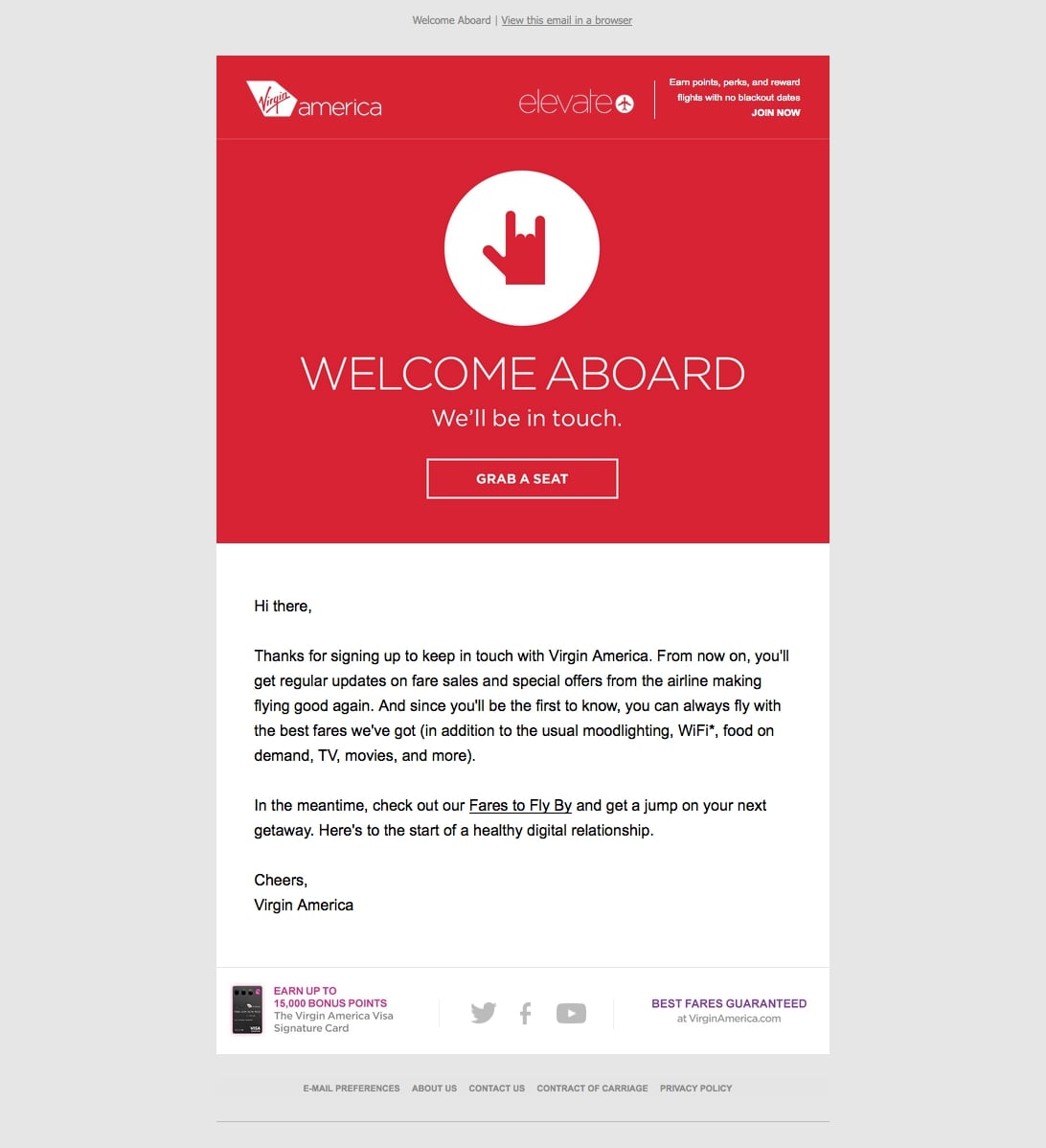
The Welcome Email is an excellent opportunity to establish the tone for all future email communications. Surprisingly, many online firms still do not use it. Why not make use of the first few emails in the follow-up series, which often have the highest open rates?
Informing a freshly subscribed user about future email correspondence will make a brand feel much more personal. A handwritten note from the CEO could be a great way to make a subscriber feel valued.
You might also give them the option of deciding how many emails they want to receive on a certain basis (weekly, monthly, etc.). This would give the customer the impression that they are not only more engaged, but also that they are not about to be bombarded with emails that they are unlikely to engage with.
The email might include a list of links from which the subscriber might be moved to different lists or tagged based on the links they clicked. From a marketing standpoint, employing an email message to segment consumers in this manner can present numerous chances for email personalisation in the future.
5. Create a Matching Landing Page
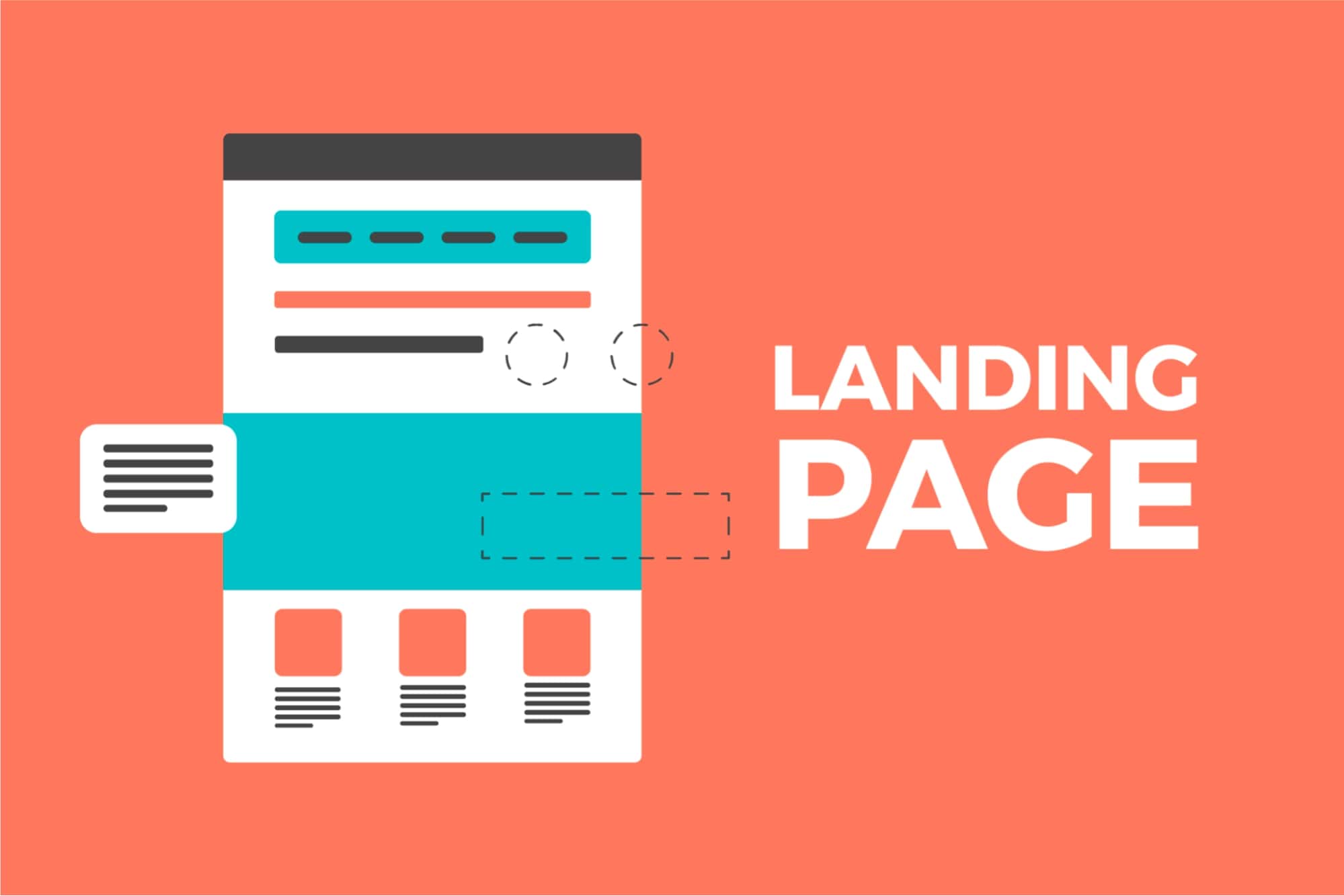
Without a landing page that is customized to fit the email template, the email marketing sales funnel is incomplete. Nothing is more frustrating for a customer than being presented with an enticing offer, enthusiastically clicking on the “call to action” in the goal of redeeming the deal, only to be taken to a landing page where the offer is difficult to navigate, or worse, one that does not contain the offer at all.
Maintain a straightforward approach. If the email and landing page request that the consumer undertake a certain job, ensure that they understand what that activity is and that they are capable of performing it.
6. Avoid Being Pushy
Email campaigns are a simple approach for a brand to show that they are an authority in their respective market. A brand that is primarily focused in sales will have a high email drop off rate.
The best method to ensure customer loyalty and repeat business is to provide solutions to difficulties they are experiencing. Customers will not only remain engaged with the brand if they receive solution-focused email content, but they will also look forward to the next email follow up. Sales will follow later.
7. Send Emails Consistently
We discussed before the importance of maintaining consistency in branding and tone. Make certain that you are also consistent in your sending. Don’t, for example, flood subscribers with 10 emails in one month just to send them 1 the next. Remember to create a plan in which they are anticipating a message from you. This manner, you preserve their interest and their trust!
8. Segment and Personalize Your Emails
Any company that does not concentrate on list segmentation and deeper personalization is passing up an opportunity to strengthen their brand positioning. The ability to divide an email list into highly targeted micro-segments enables for more customer-specific product marketing.
Consider your company to be a Day Trading Portal that serves traders of all levels. You may now target each trading category individually by establishing segmented lists of, say, beginner, intermediate, and advanced traders.
Rather than alienating new traders by sending them sophisticated trading content, you can nurture the customer by providing beginner trading videos, suggestions, and tactics. Similarly, skilled traders can be kept up to date with information about other trading platforms, special trading events, and more advanced investment methods.
Personalization and segmentation have long been acknowledged as conversion triggers in email content by email marketers interested in optimizing conversion rates. The benefits of a strong brand position include lower unread email rates, lower email list subscriber drop-off, and building customer confidence that the company truly understands what each individual customer needs and wants.
Use AVADA Marketing Automation’s Drag-and-Drop Email Builder To Design Branded Email
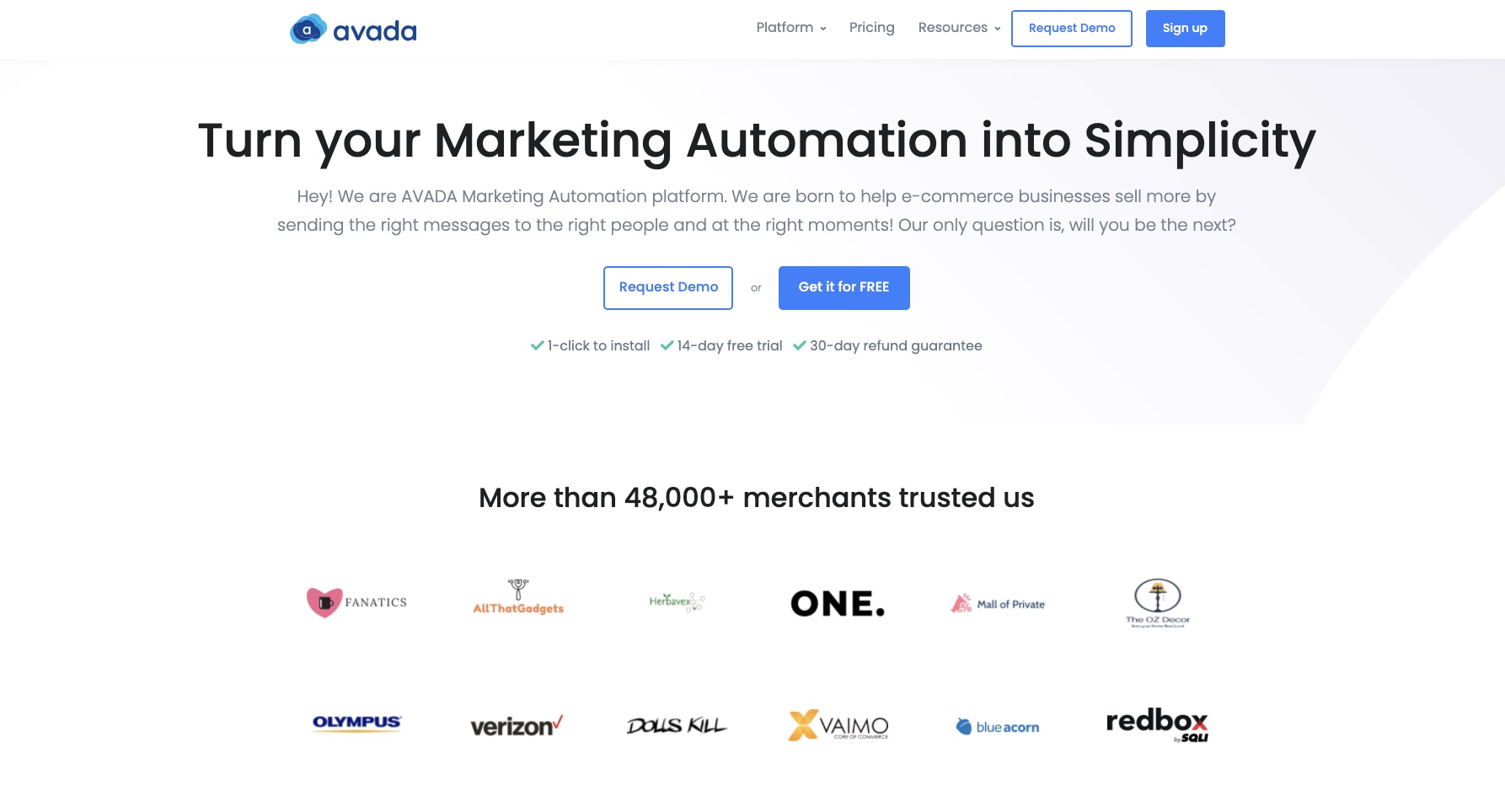
AVADA Marketing Automation is an advanced email marketing tool that provides tons of features to facilitate email marketing campaigns. One of those features is its drag-and-drop email build that can help you create branded emails in no time. If you’re looking for an email marketing tool, this one is highly recommended!
Final words
That’s it! I hope this article has provided valuable information about how to design a brand positioning email. Please feel free to leave comments below for further discussion on this topic.
New Posts






